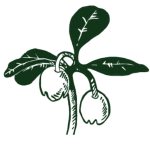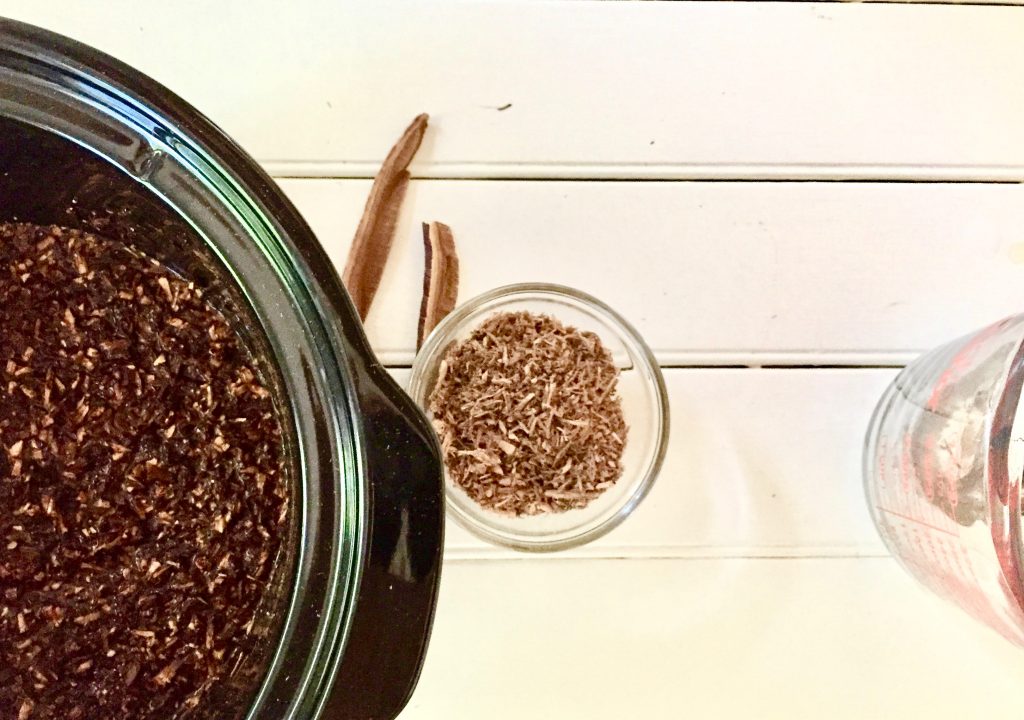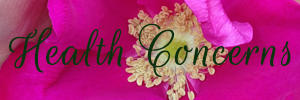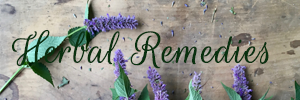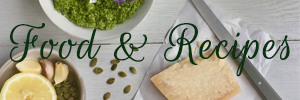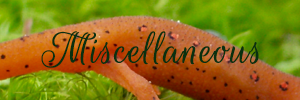First, let’s review the process for a typical tincture. Basically, you put plant material into a jar, cover it with alcohol, shake it periodically, and then strain it out after a month. (Yes, it’s really that easy!) With fresh plant material, you use more plant material and higher-proof alcohol: 1 ounce of herb (weight) per 2 ounces of alcohol (volume), preferably 190-proof, but 151-, 100-, and even 80-proof grain alcohol, vodka, or brandy will do in a pinch. If your plant material is dry, you can use 1 ounce of herb to 5 ounces of alcohol. For most dry plants, use 100- or 80-proof vodka rather than high proof. Some plants are best tinctured fresh (St. John’s wort, lemon balm, motherwort, milky oat seed, and skullcap lose potency dry), and a handful are best dry (cherry bark, elderberries, and alder bark can be nauseating or moderately toxic fresh). But for a general rule of thumb, opt for fresh plant if you have it available, dried if you don’t.
Why (and When to) Decoct?
A decoction tincture combines the basic tincture technique with that of a decocted (simmered) tea. In water extracts, we rely on decoction to pull constituents tough parts of plants: root, bark, and seeds. To make a decoction, simply simmer in water for a minimum of 20 minutes, though some decoctions could go for hours or even days. (Think outside the teapot: soup broth is also a decoction.) In contrast, an infusion is made when you steep a tea; this is preferred for most flowers and leaves, particularly aromatic plants that give up the ghost too quickly if you simmer them (all those aromatics end up in the air, not your tea). Herbs that are best infused are not good candidates for decoction tinctures – stick to your regular tincture methods.
Decoction – or simmering – also excels at extracting minerals from plants (you won’t get much from a typical infusion, and probably not at all with a standard alcohol extract) as well as complex starches called polysaccharides from mushrooms (where they’re bound up in hard fibrous chitin, inaccessible to the body via most methods). You can also use decoction tinctures for mucilaginous herbs. Mucilage is best extracted in water and hates alcohol.
Plant Constituents that Benefit from Decoction Tincture Extraction
Mucilage
As mentioned, slippery, slimy mucilage extracts best in water and actually repels alcohol. Repels alcohol? A friend once showed me a comfrey root tincture she made in 95% alcohol. (Before you ask, comfrey is not an herb *I* use internally ever as a tincture due to liver toxic pyrrolizidine alkaloids, which extract dangerously well in alcohol and are even more prevalent in the root than the leaf.) In an effort to escape the alcohol, every spec of chopped root had pressed itself into a tight ball suspended in the middle of the jar. Mucilage is soothing and promotes the healing of irritated or damaged tissues – often used for healing the gut (ulcers, reflux, gastritis, leaky gut) and the skin. Examples of high-mucilage herbs include marshmallow (especially the root), comfrey leaf or root, and slippery elm bark. Normally if I want a client to get marshmallow or slippery elm, I’ll give it in tea or a powder mixed into slimy food like oatmeal. In cough remedies, the syrup is quite nice, though its shelf life is short. But you can use low-alcohol extracts to give some slip, slime, and soothe to cough formulas, sore throat syrups, digestive formulas, and the like. And while I never use comfrey internally due to potential liver toxicity, I do make comfrey root tincture for topical formulas like liniments or as an ingredient in cream. This is doubly nice because simmering comfrey not only extracts mucilage but also is the best way to extract the super-fast wound healing constituent called allantoin. (Many herbalists make comfrey oil, too – and I do – but allantoin is not particularly oil-soluble.) That poor comfrey root bathed in high-proof alcohol? We poured out most of the alcohol and replaced it with water. You could hear it breathe a sigh of relief as it relaxed and spread back out throughout the jar.
Polysaccharides
These complex starches modulate immune function – strengthening it where it is weak, down-regulating it where it’s overactive, for example in allergies and autoimmune disease. Polysaccharides extract best in simmering water, and too much alcohol can actually destroy these constituents. It’s especially important to simmer mushrooms (all of which are rich in these constituents) because their polysaccharides are bound up in chitin, a super-tough fiber also found in shellfish shells. You need a lot of simmer time to break those bonds, preferably at least several hours – even days or weeks. A crock pot works well for this. Just keep adding more water as it evaporates to keep everything submerged. Some mushroom fans argue that any amount of alcohol is undesirable, but unfortunately it’s hard to get something shelf stable without it. (This is a hot debate in the mushroom world right now!) Double-extraction mushrooms are particularly popular for reishi and chaga because they contain other constituents called terpenes – which extract best in alcohol – that give them antioxidant and anti-inflammatory properties. Astragalus is also notably polysaccharide-rich and a good candidate for a double-extraction, though it doesn’t have the chitin issues that mushrooms have and is much more flexible about extraction methods and simmer times.
Minerals
Think of minerals as rocks embedded in the matrix of your plant material. They’re notoriously difficult to extract. You can eat the plants or consume them in a powder, at which point it’s up to your digestive prowess to pull minerals out (cooked and previously frozen plants release minerals more readily). As far as medicine-making techniques go, decoctions are the other best way to pull minerals from plants. Sure, a super-infusion works well (this is when you steep a full ounce of herbs in a quart container for four hours, then strain it out), but a decoction ups the game. Simmering herbs for at least 20-40 minutes does an excellent job pulling those minerals out into an easy-to-assimilate liquid form. Alcohol does not extract minerals, but it helps preserve your decoction and extracts other beneficial properties from the plant, such as dandelion’s liver detoxification support and yellow dock’s ability to release iron from storage via the liver. Decoction tinctures are particularly popular for yellow dock, but you can also use them for other high-mineral herbs like dandelion, nettle, oat straw, and horsetail. The more highly concentrated your tea, the better. Spoonful dosages are preferred over dropper squirts, and you can also mix in blackstrap molasses for additional mineral content as well as sweetness. I don’t typically use tinctures as a way to administer mineral-rich herbs, but if you really wanted to, a decoction tincture would be one answer (the other would be a spagyric tincture method).
What Else Could You Double-Extract?
If you’re feeling up for it, you could certainly double-extract any herb that does well simmered for tea: most roots and spices. Examples include ashwagandha, ginseng, cinnamon, ginger, and Oregon grape root. These herbs do fine with your standard tincture-making techniques (unlike the previous herbs mentioned that are best via double extraction), but they will also do well via double-extraction if you feel like putting in some extra steps.
The Method
You can combine decoction and tincture in one of three different ways:
- Simmer herbs to decoct them first, then put your decoction and dregs in a jar with alcohol and tincture.
- Tincture your herb first, strain it, then make the decoction with the strained herb, combining the finished decoction and tinctures at the end.
- Make a separate tincture and decoction (with different batches of plant material), then combine them once they’re both done. If you do this, you’ll want to wait to do the decoction until your tincture is ready to press since tea doesn’t keep more than a day or two without the addition of alcohol.
I’m going to describe the process using the first method, which is how I make decoction tinctures. It may sound complicated, but it’s pretty easy. The hardest part is the math, ensuring that you have enough alcohol to preserve it in your finished product… and for that, you can refer to my chart. Step-by-step photo can be found in my book Grow Your Own Herbal Remedies.
Ingredients
- 2 ounces dried plant or mushroom material
- About 6 ounces of water (or more, if you plan to condense your “tea”)
- 5 ounces of 100-proof vodka
Process:
- 1. Optional but preferred: First grind your plant/mushroom material in a blender, coffee grinder, or bullet until it’s coarsely chopped.
- 2. Simmer your herbs in water, covered, for at least 40 minutes. Longer is fine. With mushrooms, you can simmer them for hours or even days. Add more water as needed if too much evaporates. Keep your herbs covered in water.
- 3. Strain the herbs out. I use a metal hand strainer over a large pyrex container. Push with a large spoon or squeeze it in cheesecloth to get as much liquid out as you can. (If you have one, a hydraulic tincture press, potato ricer, or wheatgrass juicer works very well for straining/pressing.) You want 5 ounces of finished tea for your decoction tincture. If you have extra and would like to condense it down, return the tea to the pot and simmer, uncovered, until liquid evaporates to get you to your 5-ounce goal.
- 4. Don’t throw out your herbs! Put the strained herbs into a pint (16-ounce) mason jar. Pour in your 5 ounces of decocted tea, then 5 ounces of 100-proof vodka. Cap it tightly and shake.
- 5. Shake your jar every day or so. After one month, strain it out, squeezing as much out as you can. This is your finished tincture. It should be approximately 20-25% alcohol if made as directed, enough to keep it shelf stable for years. A typical dose is 1-2 ml, 1-3 times per day.
Variations:
Fresh Tincture: For each 1-ounce of plant material, you want 2 ounces of finished tea/alcohol. So, for a pint-jar, you’ll use about 5 ounces of fresh herb, 5 ounces of finished tea (to keep it covered, you’ll need to start with much more water, then condense it down after it is strained), and 5 ounces of 100-proof vodka.
Other Alcohol Proofs: Aim for about 20-30% alcohol or more to keep your finished product preserved yet still minimize alcohol’s deleterious effects on mucilage and polysaccharides. Yet, you’ll need to calculate this out because most spirits are not 100% alcohol. If you cut the proof in half, you’ll get the percent alcohol in your spirits. I prefer using the highest proof spirits available because it allows me to use more of my decocted tea in the final product without compromising shelf stability. For minerals and any other herb you could just tincture, 50-60% alcohol in your finished product is fine. But for the sake of simplicity, I’m just going to give you a cheat sheet to get 25% alcohol in your finished product.
Decoction Tincture Cheat Sheet to the Proofs
Ouch – if this math hurts your brain Use this worksheet I created to figure it out! All you have to do is enter a few numbers, it automatically calculates exactly how much water and spirits/alcohol you’ll need.
Or… specifically for 25% alcohol ending remedies:
How Much Water + Spirits to Get 25% Alcohol in Your Finished Product
| Proof | Percent Alcohol in Spirit | Use this much water | And this much spirit |
| 151-Proof Vodka or Grain Alcohol |
75% alcohol by volume | 66.67% (2/3) | 33.33% (1/3) |
| 190-Proof Ethanol (made from grain, grapes, sugar cane, or corn) |
95% alcohol by volume (treat it like 100%) | 75% | 25% |
| 100-Proof Vodka | 50% alcohol by volume | 50% | 50% |
| 80-Proof Vodka or Brandy | 40% alcohol by volume | ~35% | ~65% |
I’ll be honest, I don’t make very many double-extraction tinctures (most herbs do best via your typical tincture methods), but those I like include reishi and astragalus, comfrey root (for topical use), and I have also made them with turkey tail mushroom, yellow dock, and berberine-rich roots like Oregon grape. It is a handy method for those “tricky tincture” herbs!
How Do You Make REGULAR Tinctures?
This is the BULK of what I do when making plant tinctures. And, you’re in luck!
I have a whole blog AND a short video on making regular tinctures HERE on the blog.
Happy Herbal Adventures!
Clinical herbalist Maria Noël Groves sees clients and teaches classes at Wintergreen Botanicals Herbal Clinic & Education Center in Allenstown, New Hampshire.
The statements made on this blog have not been evaluated by the FDA and are not intended to diagnose, prescribe, recommend, or offer medical advice. Please see your health care practitioner for help regarding choices and to avoid herb-drug interactions.
The article originally appeared in Herb Quarterly magazine spring 2018 issue.
